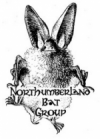National Bat Monitoring Programme (NBMP) Hibernation Surveys January and February 2023
After a Covid induced break, we have been back out surveying the lead mine adits for hibernating bats. A few of us did a recce in December to check on the status of the mines after such a long absence.
We found five bats, less than we expected, but it proved that the sites were accessible and bats were present.
January was our first NBMP survey, we found only four bats, this is lower than a ‘typical’ January count of 8-10 bats, but since when have bats behaved in a typical fashion!
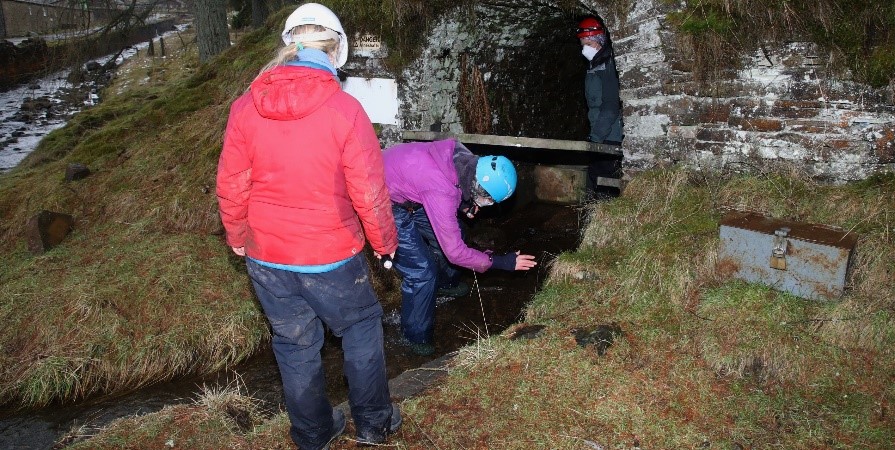
Some bats are found in the same crevice as during the previous survey but some move, we don’t fully understand the reasons for this.
In our highest adit, the Natterer’s bat Myotis nattereri was still in the same crevice as during the December survey; this is an interesting record, we have surveyed this site since 2014, but this is only the second Natterer’s bat we have found there, the previous one was in winter 2019-20 so we haven’t had chance to check since then. Are the species changing what they are doing? This is normally as brown long-eared bat Plecotus auritus/Daubenton’s bat M. daubentonii site.
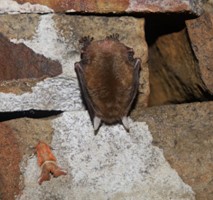
The other four bats from December had all moved. Three of these were in the Nenthead system. There were Daubenton’s bats in two sites and a Natterer’s bat in a third adit all of which had gone. However, we did find two Daubenton’s bats in a different site on the January survey.
Over at Garrigill there was a brown long-eared bat in the culvert in January, roosting in a really daft place, out in the open, but not too far from where we found a brown long-eared bat in December. Is this the same individual?
The count was higher in February, with 11 bats of three species found. This is a good February count, but excellent when compared to five bats in December and only four in January. Why the count has gone up I have no idea, Helen’s and Mandy’s teams found that their bats were within 19m of entrances, our team didn’t find that at all, our bats were all over 55m in.
One of the Daubenton’s bats was where we saw it in January, with a second bat very close by (which was not there in January); the Natterer’s bat in the highest site had gone, and the brown long-eared bat in the culvert had turned into a Daubenton’s bat!
What I found interesting this winter was how bats are ‘in the wrong sites’; that is species are turning up in sites we have not recorded them in before. The culvert is an example of this, no bats at all from 2014-2018 and then 1-2 brown long-eared bats on every survey after that, and then in February, a Daubenton’s bat!
Another site has always been either Natterer’s bats or Daubenton’s bats but in February, we found a brown long-eared bat. I wish I knew why this is, is it weather conditions, chance, or even climate? So much we still need to learn.
In all our surveys this winter we have only found the one Natterer’s bat, this used to be our most recorded species, compared to eight Daubenton’s bats! There were the two brown long-eared bats, as I said, in the wrong adits! Honestly bats.
For those of you that are new to the project, this article should give you some idea of what we are trying to do and how we have used the data:
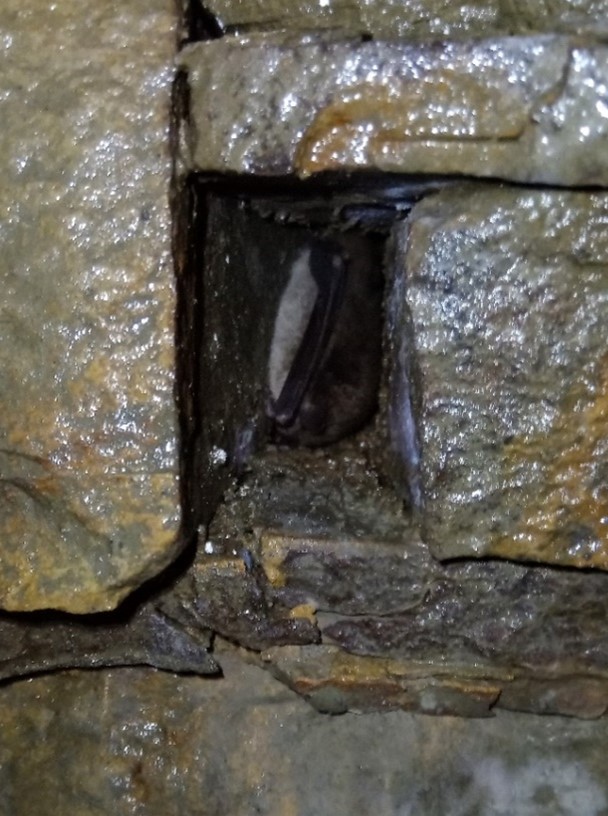
Thank you for your help, company and cake, thanks Will, Caroline and Neil! I hope you all enjoyed it as much as I did. During this season we have had 23 different people from at least four bat groups involved. These surveys have been running since 2014, it is so important to collect this ongoing data, I really couldn’t do it without help.
Photo credits: Mandy Tomas and Neil Tomas
Text by Tina Wiffen
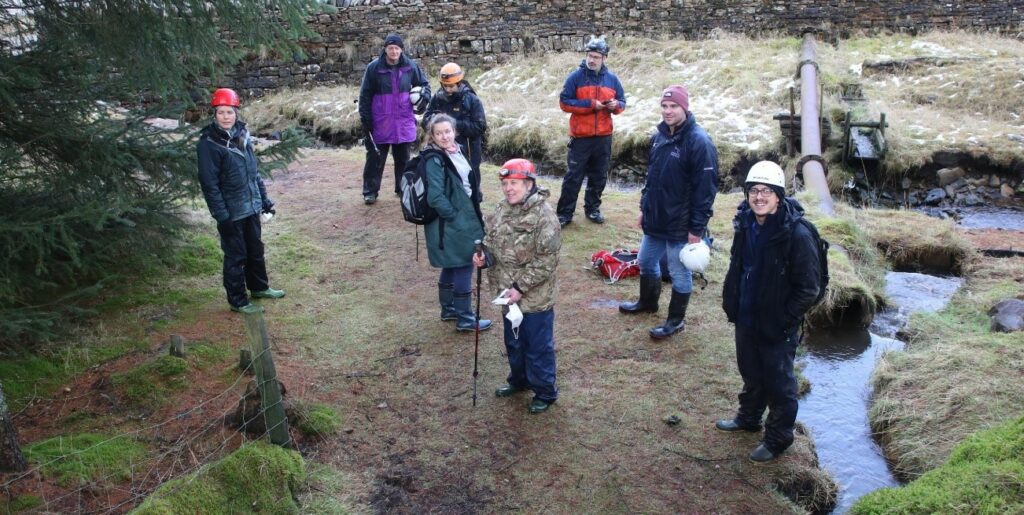
Share this post!
